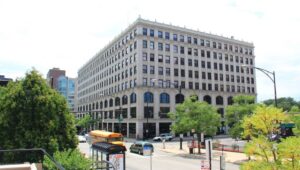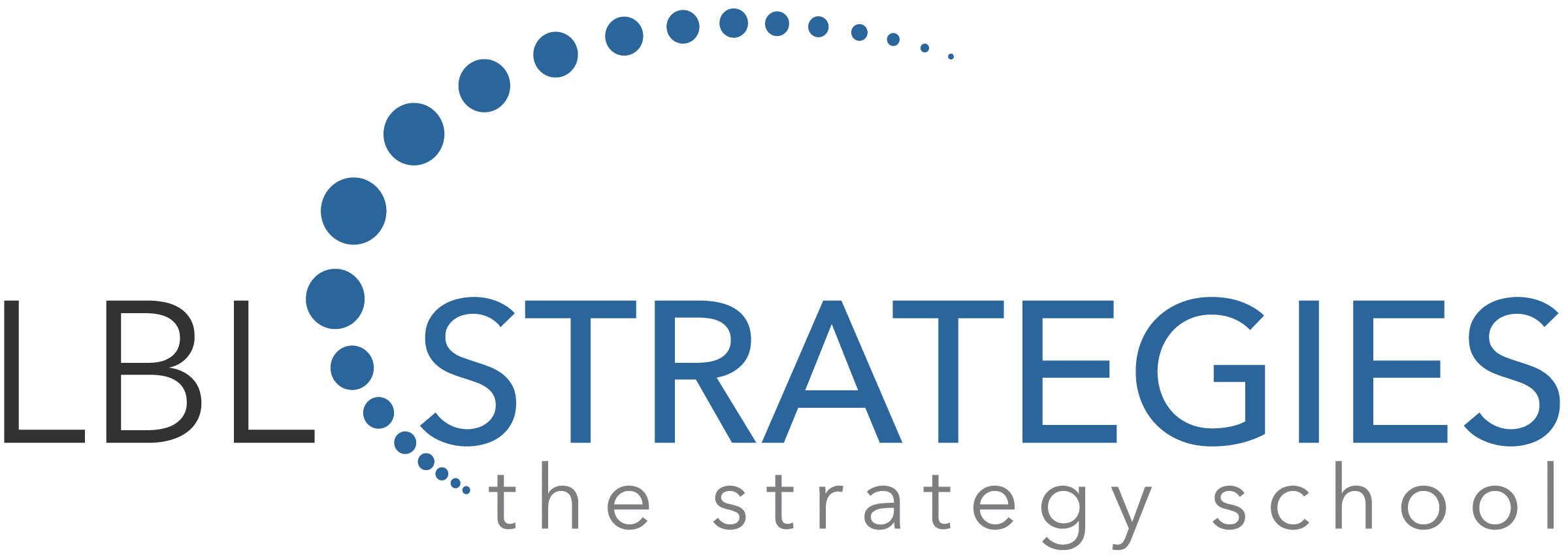Public outcry for environmental action is escalating, carbon reduction targets are not being met, and worst-case “global average” temperature rise is becoming more likely and has been declared by the National Oceanic & Atmospheric Administration as a “long-term global upward trend that is clear and unambiguous.”
Armed with urgent warnings coming out of the climate science community, leaders from the “Group of 20” (G20) nations met this summer and renewed their vow to the Paris climate accord as being irreversible. As reported by Washington Post coverage (6/29/2019), “The United States was the lone dissenting voice in the final communique.”
Two decades into the 21st Century, U.S. federal and state policy on climate change action remains mired in conflict. What is not mired are changes in weather patternsdelivering extreme weather events with increased intensity and frequency across the planet. U.S. policy remains in flux, emphasizing the need for increased “think local-act local” action in our own backyards. As strategy professionals, we can weigh in as a “critical friend” to organizations we work with, helping them recognize the value of incorporating environmental responsibility into strategy setting to achieve outcomes with “do no harm” intentionality.
I posed the issue to colleague and friend Terry Bergdall, who has extensive experience in doing this work in Chicago. Terry is a planning professional and progenitor of the Technology of Participation (ToP) group facilitation methods, founding member of the International Association of Facilitators (IAF), CEO/President Emeritus of the Institute of Cultural Affairs (ICA-USA), and presently teaches at the Asset-Based Community Development Institute (ABCD) at DePaul University. Here’s what he had to say:

Concerned ICA board leadership focus was too far down in the weeds, Bergdall began work as CEO with a planning process that started with revisiting the organization’s mission with a focus on its values and long history of achievement delivering assets-based community development programs. Social justice has been a constant in ICA’s mission from its beginnings in 1962, and the organization is known for recognizing civil rights as “the moral issue of our times.” ICA remained true to this mission (Build a just and equitable society)and, over time, added environmental justice into programming, recognizing climate change’s direct threat to the long term social and economic sustainability of communities and residents ICA serves. Remaining mindful of this while acting as facilitator/critical friend, Terry jumpstarted board thinking by challenging them to consider adding environmental justice to the mission as ICA’s new “moral issue of our times.” The result was a leadership thinking reboot to consider “strategic” possibilities aligned with ICA’s values and update the mission statement (To build a just and equitable society in harmony with Planet Earth). I’ll let Terry take it from here:
“With our new mission statement in mind, and in the role of a facilitative leader, the staff and I began exploring ideas for realizing it. The starting point was the care of our building, which was built in 1921. During the years owned by ICA, the building became the largest nonprofit service center in Midwest serving homeless and low-income people. As an old building, we considered the opportunities for reducing energy use. Eventually, by 2015, we installed 485 PV solar panels on the roof thereby with more than any other building in the city except for the Shedd Aquarium. This was done by finding promoting the idea of a different understanding on “return on investment” which was innovative and attracted several investors to match a $400,000 grant with $250,000 of matching funds. With work like this, we rebranded the building as “The GreenRise Uptown Learning Laboratory.” We saw this as a demonstration of our commitment, but we also thought of our real work being in the neighborhoods.
The City of Chicago established a new Department of Environment that created many different plans for reducing the city’s carbon footprint. As is the case with most regional and municipal planning, it was created by experts and resulted in programs that then required the city encourage residents to participate in them. This is a classical way top-down planning treats citizens as “consumers.” Consistent ICA’s legacy, we took a different approach. We started with some assumptions: (1) that people were already undertaking sustainability initiatives within local communities, (2) that these were being driven by people’s own passion, concerns, and interests, and (3) that they were occurring everywhere. The assumption here was that citizen are “producers,” not just consumers.”
We used the historical identification of 77 community areas as our road map. The challenge was to practically find a way to identify these initiatives. Without the resources for such a large undertaking, we were eventually able to draw upon 240 students in multi-discipline service learning programs from five universities to do the fieldwork. Over 900 initiatives, in all 77 communities, were documented. This was a step toward making the “invisible visible.” Indeed, it was discovered that often people doing creative work in one block were unaware of similar activities occurring in other nearby blocks. A citywide “share fair” (Accelerate77) was held on September 15, 2012, that brought over 400 people together for a day of peer-to-peer learning. Follow-up meetings were held in following two months that eventually led to the establishment of the Chicago Sustainability Leaders Network (CSLN). The aim was to intensify the collective voice and collective impact of local, bottom-up initiatives and to enable a creative “in between” space with municipal planners. CSLN recently celebrated its sixth anniversary.
Re-imagining our organization’s mission and then pushing ourselves to do unconventional activities to fulfill it were the keys. It connected our major asset, our building, with a priority commitment to take our values beyond the building doors and into the streets of Chicago.”
Need help articulating an environmentally friendly strategic direction?
Interested in university certification in strategy management?
Preparing for IASP certification exam in 2020? Please reach out to our team anytime:
